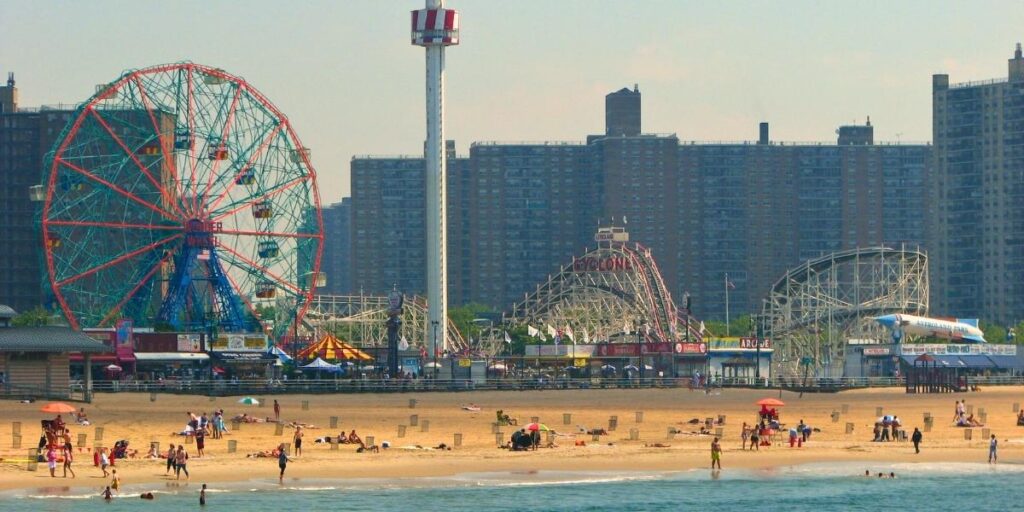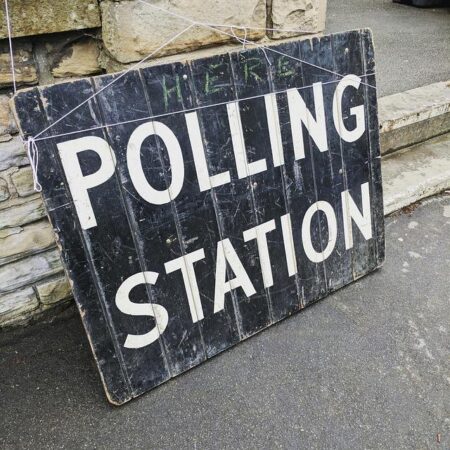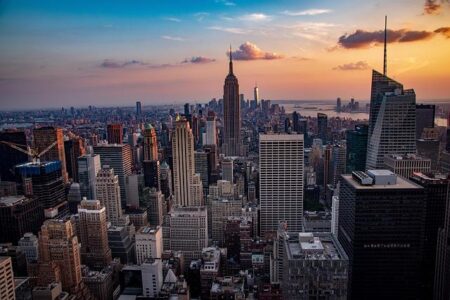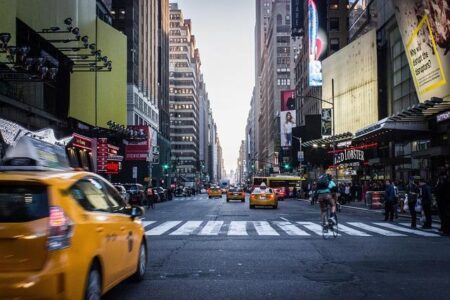Preserving Coney Island: Safeguarding Brooklyn’s Cultural Gem Amidst Development Pressures
Protecting Coney Island’s Rich Cultural Legacy from Commercial Encroachment
For over a century, Coney Island has stood as a vibrant emblem of Brooklyn’s diverse heritage, celebrated for its historic amusement parks, lively boardwalk, and community spirit. Yet, the surge of commercial development proposals threatens to dilute the neighborhood’s distinctive character. Longtime residents and cultural historians caution that replacing cherished landmarks with generic retail outlets and upscale housing risks erasing the collective memories and social bonds that define the area.
While economic incentives drive developers and city planners toward rapid modernization, these short-term gains often come at the expense of the community’s identity and small businesses that have thrived for decades. Advocates urge the implementation of protective measures, including:
- Designating cultural preservation zones to shield historic sites from redevelopment.
- Promoting and supporting independent, locally owned enterprises to sustain economic diversity.
- Encouraging the refurbishment and maintenance of classic amusement attractions rather than their demolition.
| Group | Primary Concern | Recommended Approach |
|---|---|---|
| Community Residents | Preserving neighborhood identity and heritage | Mobilize grassroots campaigns and advocacy efforts |
| Property Developers | Maximizing returns through new construction | Integrate cultural elements into development plans |
| Municipal Authorities | Balancing economic growth with public welfare | Implement zoning policies and incentives that protect heritage |
Economic Consequences of Privatizing Brooklyn’s Public Spaces
The privatization of public areas in Brooklyn, especially iconic locations like Coney Island, introduces multifaceted economic challenges that extend beyond immediate fiscal benefits. Proponents argue that private investments can boost local economies and reduce municipal expenditures. However, such privatization often results in limited public access, higher costs for visitors, and the displacement of small-scale vendors who have historically depended on affordable communal spaces.
These shifts disproportionately impact low-income families and small business owners, undermining the social and economic fabric that sustains vibrant urban communities. The table below highlights key economic aspects affected by privatization:
| Economic Aspect | Effect of Privatization |
|---|---|
| Public Accessibility & Cost | Decreased access with rising fees and usage limitations |
| Employment Opportunities | Potential reduction in jobs for local vendors |
| Revenue Distribution | Shift from community-based earnings to corporate profits |
| Government Expenditure | Short-term savings may exacerbate long-term inequalities |
- Privatization threatens to erode Brooklyn’s cultural identity and economic variety.
- Public spaces act as economic equalizers, fostering small businesses and community initiatives.
- Maintaining public ownership is vital for inclusive economic growth and sustainability.
Community Engagement: Advocating for Transparency and Inclusive Governance
Local residents and advocacy groups have voiced strong demands for transparent, participatory decision-making processes regarding Coney Island’s future. They stress that any land use changes or potential sales must involve open communication to ensure marginalized voices are heard and respected. Inclusive governance is seen as essential to preserving the neighborhood’s cultural heritage and safeguarding public interests.
Key community requests include:
- Frequent public meetings to gather input from residents, small businesses, and nonprofits.
- Clear and accessible disclosure of all contracts, proposals, and agreements related to property development.
- Independent oversight bodies with diverse community representation to monitor and evaluate development plans.
- Legally binding community benefit agreements that guarantee developments address local needs such as affordable housing and sustainable commerce.
Strategic Policy Measures to Preserve Coney Island’s Public Character
Ensuring Coney Island’s enduring legacy requires a comprehensive strategy that balances growth with cultural preservation. Municipal authorities should enact zoning laws that limit large-scale commercial projects incompatible with the neighborhood’s historic identity. Incentives should be offered to businesses that contribute to the area’s cultural and recreational vitality, including family-run amusement parks and local food vendors. Additionally, creating a dedicated cultural preservation fund can finance restoration efforts and community programs celebrating Coney Island’s heritage.
Active community participation is crucial in shaping these policies. Establishing an advisory council composed of residents, entrepreneurs, and urban planners will foster transparency and inclusivity throughout the planning process. The following table summarizes recommended policy tools and their anticipated benefits:
| Policy Instrument | Objective | Projected Outcome |
|---|---|---|
| Zoning Regulations | Restrict incompatible developments | Preserves historic landmarks and amusement zones |
| Cultural Preservation Fund | Support restoration and cultural initiatives | Enhances local economy and heritage education |
| Community Advisory Board | Incorporate local voices in decision-making | Promotes transparency and accountability |
Conclusion: Upholding Coney Island’s Legacy for Future Generations
The debate surrounding Coney Island’s future underscores a vital truth: this landmark is far more than a parcel of land—it embodies a cultural treasure integral to New York City’s identity. As residents, officials, and advocates unite to resist unchecked commercial exploitation, the imperative to protect Coney Island’s unique spirit intensifies. The decisions made in the coming months will determine whether this iconic destination remains an accessible public haven or succumbs to privatization pressures. Regardless of the outcome, the ongoing dialogue highlights the delicate equilibrium between urban development and cultural preservation.













